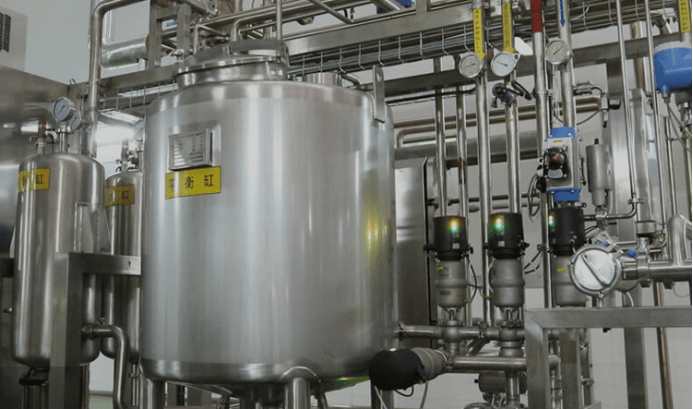Summary of Common Water Treatment Technologies in Filling System
Water treatment is the process of removing rust, sediment, residual chlorine, organic matter, harmful heavy metal ions, bacteria, viruses in the water by physical or chemical means through corresponding filter materials according to different final water needs.
Obviously, if the physical purification method is used throughout the water purification process, it will not produce or add any new substances in the water, nor will it change the properties of the water, so it is the safest way. The current water treatment technology can be roughly classified into several categories.

Here are several common water treatment technologies for bottled line equipment
Ozone treatment
Oxygen or air is polymerized into ozone by discharge treatment or exposure to a certain wavelength of ultraviolet light. At a high voltage of 30,000 volts, oxygen is converted into ozone and mixed into water, which can be made into ozone water with a strong sterilization effect. The concentration of ozone water is generally controlled at about one-millionth. Ozone has a strong oxidizing ability, which can disinfect water, remove phenol, cyanide, and sulfide in water and play a role in decolorization and deodorization.
Magnetization technology
The magnetization technology is to pass the water to be processed through a magnetic field with a certain intensity at a certain flow rate and the water quickly cuts the magnetic induction lines to deform the crystal forms such as calcium ions and magnesium ions in the water. It becomes loose slag and flows with water to prevent scale.
Lon exchange method
A method of purifying the water to be treated by cation and then anion exchange resin. Electrodialysis is to let selected particles in the solution pass through the membrane, but not let other particles pass. Electrodialysis is a special case of ions passing through a membrane under the influence of an electric field. Electrodialysis is the use of an external electric field to use the anion and cation exchange membranes to selectively penetrate ions in water so that some of the ions in the solution migrate the other part of the solution is removed to achieve the purpose of concentration, purification, synthesis, and separation. It can be used for desalination of brackish water and seawater, and treatment of waste acid and waste liquid. It’s a superior method to use in water filling system.
Reverse osmosis technology
Infiltration is the process by which water moves through a semi-permeable membrane from a relatively pure area to a concentrated solution area. If enough mechanical pressure is applied to the solution inside the membrane, water is forced to flow from the concentrated solution inside the membrane to the outer area, which is called reverse osmosis. Put clear water and saline water on each side of a semi-permeable membrane and apply a certain pressure on the saline side to allow the water in the saline to penetrate the membrane and flow to the side of the clear water to concentrate the saline. Clearwater increased. Most of the membranes currently used are cellulose acetate membranes, which are ideal for treating brine. Scientists are looking for new semi-permeable membranes to satisfy various applications of reverse osmosis.
Chlorination
Usually used for disinfection of tap water. Chlorine has the advantages of strong bactericidal power and low price. It has been the most widely used and most widely used bactericide in the world today. Chlorine is soluble in water and reacts with water at a normal temperature to form strong oxidants and hypochlorous acid. Hypochlorous acid easily penetrates the cell wall, can damage the cell membrane, release proteins, RNA, DNA, and other substances, and affect a variety of enzyme systems, thereby causing bacteria to die. Similarly, hypochlorous acid can be produced by adding bleaching powder to water.
